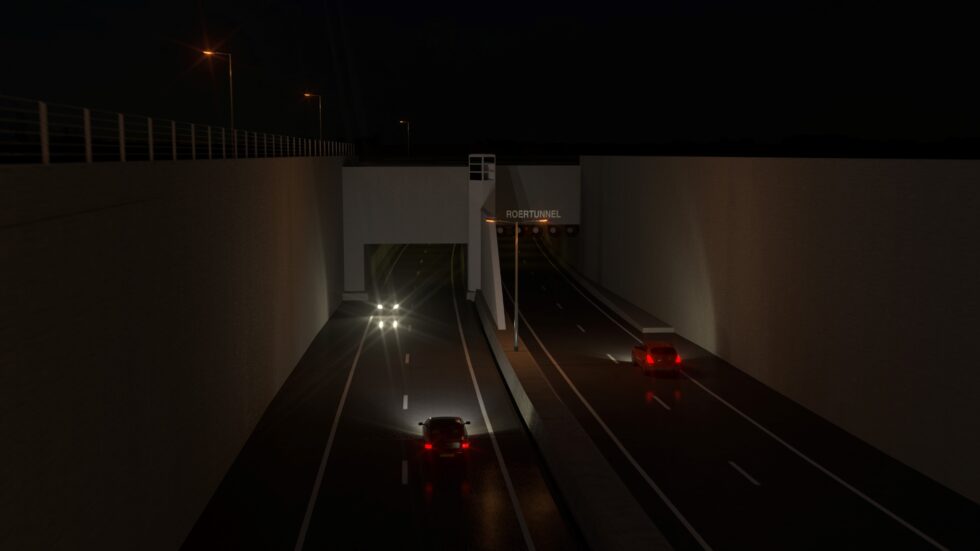
Wrong-way driving accident on the A73 motorway. Learning from road traffic accidents.
In the night of 19 November 2017, a fatal accident with a wrong-way driver took place near the Roertunnel. The Dutch Safety Board investigated this accident partly at the request of the Minister of Infrastructure and Water Management, because a similar accident had occurred on the same road in 2010 and the investigations carried out still raised questions.
Better accident investigation necessary to improve road safety
Investigations into traffic accidents on Dutch motorways are not exhaustive enough. Broadening the scope of these investigations will make it easier to identify the root causes of accidents and improve traffic safety. These are the conclusions reached by the Dutch Safety Board in its report following a wrong-way driving accident on the A73 motorway in 2017. The Board investigated this accident partly at the request of the Minister of Infrastructure and Water Management, as a similar accident had occurred on the same road in 2010, and questions remained following the investigations that were conducted.
On the night of 19 November 2017, a wrong-way driver drove down the A73 motorway for almost 10 kilometres, in the dark. Several other motorists called the emergency centre to report the incident. Immediately upon entering the Roer Tunnel, the wrong-way driver collided with another road user head-on. Both drivers died at the scene.
Investigations by Rijkswaterstaat and police
Rijkswaterstaat started an investigation following the accident which focussed on the tunnel, and on how the reports from other road users had been processed. The investigators did not look into what might have caused the wrong-way driver’s behaviour. The police also started a criminal investigation, but because the only suspect – the wrong-way driver – had been killed in the accident, this investigation was quickly terminated. Following standard procedure, the collected evidence was then destroyed. This evidence included urine and blood samples. Still, questions remained after the conclusion of the investigations. How was the wrong-way driver able to drive almost 10 kilometres without stopping or turning? How did he end up in this situation? How can wrong-way driving on this motorway be prevented in future?
Broader scope necessary
The Dutch Safety Board investigated the accident on the basis of the information that was still available. The Board concluded that the root cause of the accident could partly be traced back to the confusing situation at the exit where the wrong-way driver had entered the motorway. This lack of clarity created a situation in which it was easy for drivers to make a mistake. Because Rijkswaterstaat’s investigation focussed on the tunnel and the reports from other road users, the confusing situation at the exit was not identified. In addition, the Board noted that it was no longer possible to obtain information about the wrong-way driver’s fitness to operate a vehicle. With the blood and urine samples destroyed, it had become impossible to determine the potential influence of alcohol, medication or drugs.
Related news
-
 Persbericht:
Persbericht:Better accident investigation necessary to improve road safety
- Infrastructure
- Infrastructure
- ...
